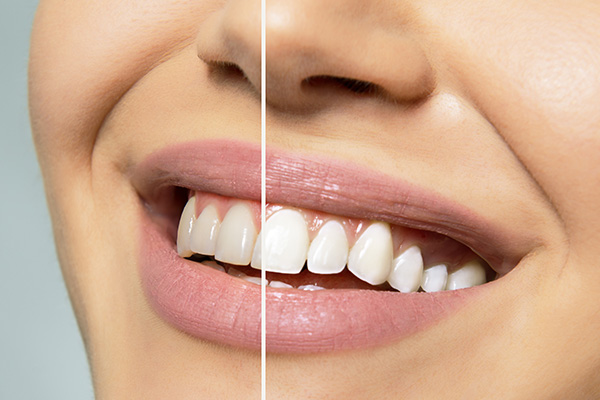Endodontics
Endodontics San Francisco, CA

Endodontic root canal treatment and retreatment.
Each tooth in your mouth sits in bone and is surrounded by gum tissue. Approximately two-thirds of each tooth (the root portion) is in the jaw bone. Inside every tooth is a canal or canals (usually depending on the number of roots the tooth has). Each canal has a vein, artery, and nerve in it. Collectively they are referred to as the pulp. Sometimes, because of trauma like decay or a large filling, the pulp becomes irritated and can get infected. In this case, root canal (a.k.a. endodontic treatment) is necessary in order to save the tooth.
A small hole is made in the top part of the tooth, the canal(s) is cleaned of infected (or dead) pulp, made sterile then filled with material specific for the procedure. The whole process can usually take from one or more appointments, depending on the number of roots.
Root Canals

What you need to know about root canals.
It’s understandable that you might feel a bit anxious when you hear “root canal,” but with modern anesthetics, you’ll rarely be in any pain and it is a necessary procedure to save your tooth. Below we answer some of the frequently asked questions associated with root canals.
What is a root canal?
Underneath your tooth’s outer enamel and within the dentin is an area of soft tissue called the pulp, which carries the tooth’s nerves, veins, arteries, and lymph vessels. Root canals are very small, thin divisions that branch off from the top pulp chamber down to the tip of the root. A tooth has at least one but no more than four root canals.
Internal Bleaching

Whiten your teeth from the inside out.
Occasionally a dark area in a tooth may be coming from deep inside the tooth. When this develops it is usually because blood or other liquids have leaked into the inside of a tooth following a root canal procedure. In our office, we can use internal bleaching to whiten the tooth from the inside out. We drill a small hole and insert a peroxide gel into the internal cavity of the tooth. The solution is left inside the tooth for about a week during which time it perforates into the dentin (structure inside the enamel, lightening the color of the tooth. Next, the gel is drained from the tooth and the hole filled. This method of internal bleaching is highly effective, and the tooth will be significantly whiter. If you notice the appearance of internal stains and think you may need internal bleaching to please contact our office to determine whether it is the correct procedure for you.
Abscess Removal

Treatment for an infected and abscessed tooth.
An abscess is a pocket of infection that forms around the root of your tooth. Your body, in an effort to isolate the infection, naturally creates a wall around it. While at first there may be no visible symptoms, redness and painful swelling of the gums usually follows. Unless removed, the abscess will continue to grow and eventually decay everything that it contacts including teeth, jawbone, gums, and connective tissues.
To remove the abscess we drain the infection, relieving the swelling and reducing pain. In more serious cases a root canal procedure may be needed to remove infected pulp inside the roots. An antibiotic may be prescribed to help fight or prevent infection. Should you experience any of the symptoms described above, please contact us immediately. Our office has extensive expertise to treat and heal abscesses successfully.